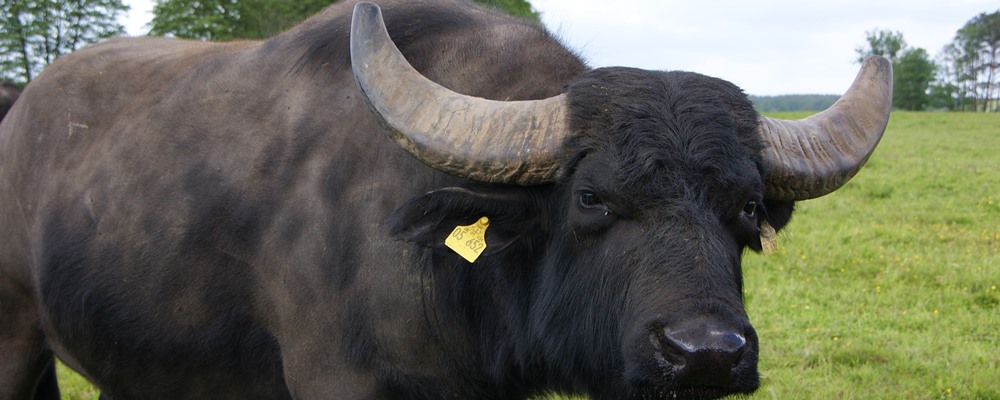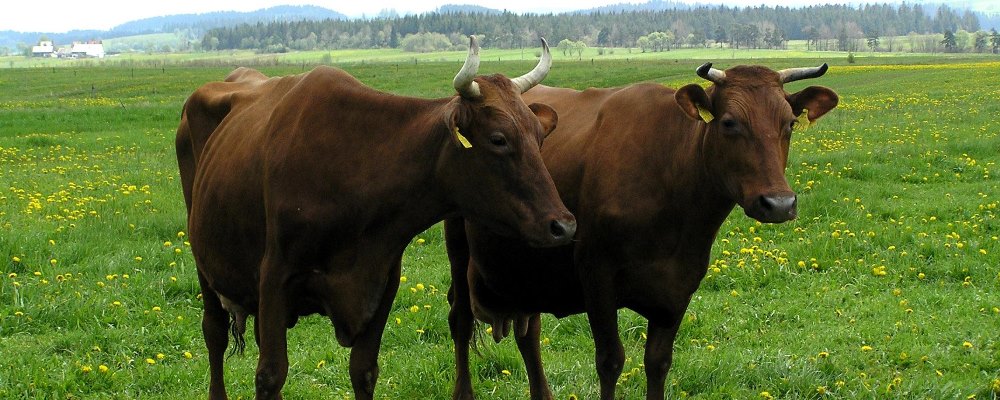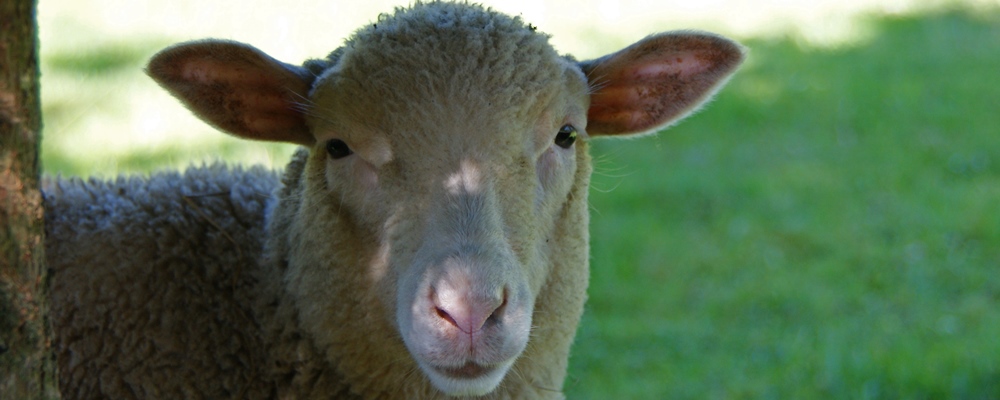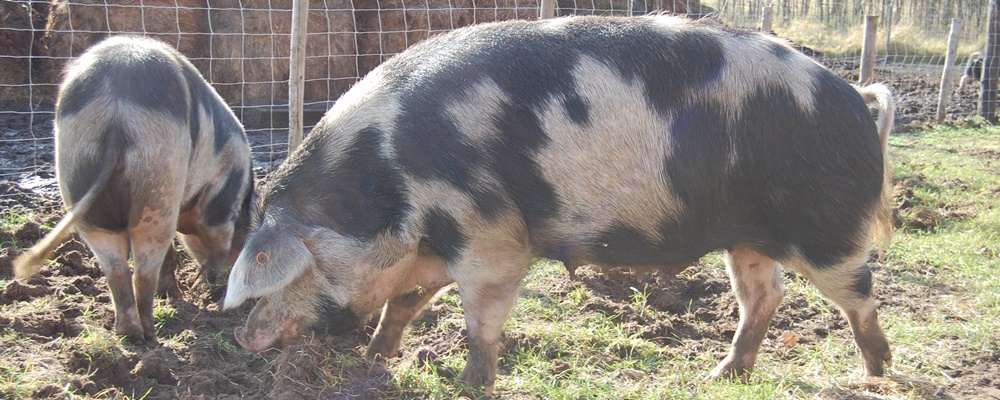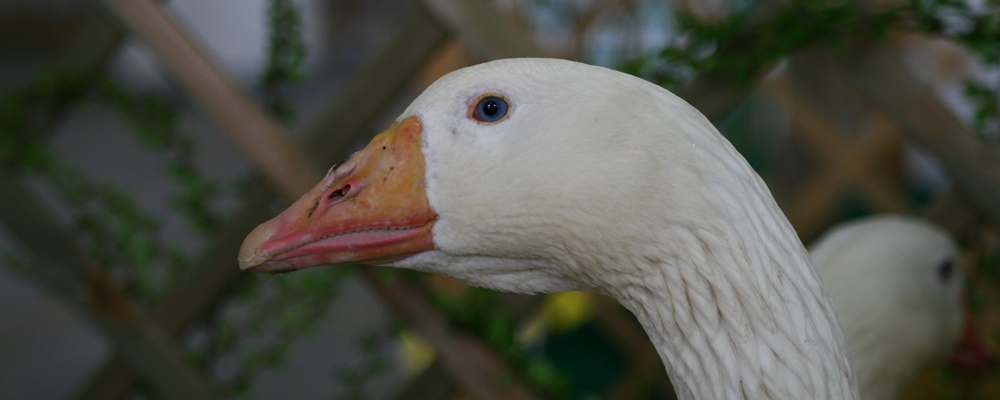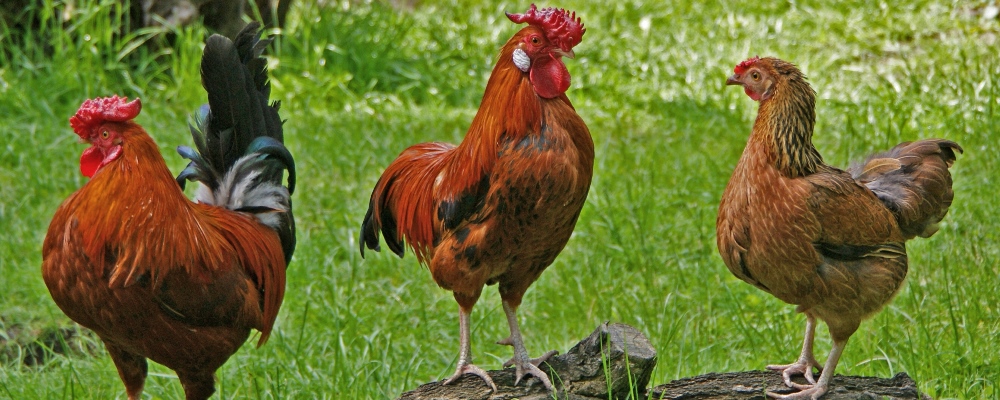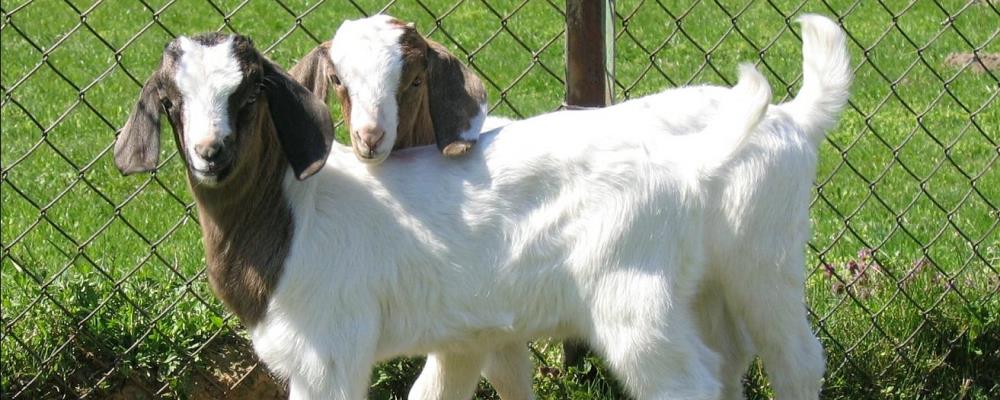dr hab. Ryszard Steppa
Contact
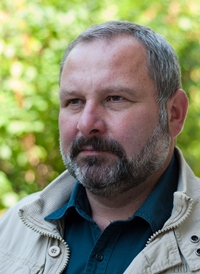
- Adiunkt
- Address:
-
Złotniki, ul. Słoneczna 1
62-002 Suchy Las
Adres alternatywny: Kolegium Gawęckiego, ul. Wołyńska 33, 60-637 Poznań
- Email:
- This email address is being protected from spambots. You need JavaScript enabled to view it.
- Phone:
- 61 846 6689
-
ORCID 0000-0001-9465-9612
Teaching
- Breeding and use of sheep and goats
- Animal husbandry
- Farm animals
- Technologies in animal production
- Pro-ecological methods of farm animals husbandry
- Environmental conditioning of animal production
Scientific interests
- Sheep and goats breeding
- Biodiversity of rural areas
- Animals in agritourism farms
Publications
- Steppa R., Szkudelska K., Wójtowski J., Stanisz M., Szumacher-Strabel M., Czyżak- Runowska G., Cieślak A., Markiewicz- Kęszycka M., Pietrzak M. (2014): The metabolic profile of growing lambs fed diets rich in unsaturated fatty acids, Journal of Animal Physiology and Animal Nutrition, 98: 914-920.
- Kurek P., Steppa R., Grzywaczewski G., Tryjanowski P. (2016): The silence of the lambs? Plants diversity in abandoned sheep pens, Plant Soil Environment, 62, 1: 1-8.
- Steppa R., Cieślak A., Szumacher-Strabel M., Bielińska-Nowak S., Bryszak M., Stanisz M., Szkudelska K. (2017): Blood serum metabolic profile and fatty acid composition in sheep fed concentrates with Camelina sativa cake and distillers dried grains with solubles, Small Ruminant Research, 156: 20-26.
- Gornowicz E., Pietrzak M., Stanisławski D., Steppa R., Lewko L., Kryza A.(2017): Charakterystyka jakości mięsa kurcząt rzeźnych odchowywanych ekologicznie i intensywnie, Roczniki Naukowe Polskiego Towarzystwa Zootechnicznego, 13, 3 :31-41.
- Świtek S., Jankowiak Ł., Rosin Z.M., Sawinska Z., Steppa R., Takacs V., Zbyryt A., Tryjanowski P., (2017): Jak zachować wysoki poziom bioróżnorodności na obszarach rolniczych w Polsce? Identyfikacja najważniejszych problemów badawczych, Wieś i Rolnictwo, 4 (177): 115-138.
- Steppa R. (2017): Chów owiec i kóz w gospodarstwie agroturystycznym, W „Agroturystyka w teorii i praktyce” : 215-227, Wydawnictwo Uniwersytetu Przyrodniczego w Poznaniu.
- Jęczmyk A., Steppa R., Uglis J. (2019). Owce w dziedzictwie kulturowym Wielkopolski, Konferencja Naukowa „Zwierzęta gospodarskie i tradycyjne rośliny uprawne w dziedzictwie kulturowym wsi”, Szreniawa, 3-4.10. 2019, materiały konferencyjne: 18-27.
- Niedbała, G.; Jęczmyk, A.; Steppa, R., Uglis, J. (2020) Linking of Traditional Food and Tourism. The Best Pork of Wielkopolska—Culinary Tourist Trail: A Case Study. Sustainability, 12, 5344.
- Jęczmyk A., Uglis J., Steppa R., (2021). Can animals be the key to the development of tourism: A case study of livestock in agritourism. Animals, vol.11, 2357.
Executor of projects
- Scientific network "BIOMILK - biologically active and immunostimulating factors and the nutritional and health-promoting value of colostrum, milk and its products of various farm animals." (2008-2009).
- “Biofood – innovative, functional animal products” financed by the Polish Ministry of Economy within the European Regional Development Fund 2007-2013. Operating Program Innovative Economy no. POIG 01.01.02-014-090/09.
Research carried out as part of the activity of Department of Animal Breeding and Product Quality Assessment
- Creation and improvement of paternal and maternal lines of sheep, goats and fur animals (2005-2011)
- Animal husbandry in the context of obtaining raw materials and animal products (2012-2016)
Research carried out as part of the activity of Department of Rural Tourism
- Possibilities of tourism development in naturally valuable areas (2017-2018)
- Farm animals in agritourism (2019-2021)



